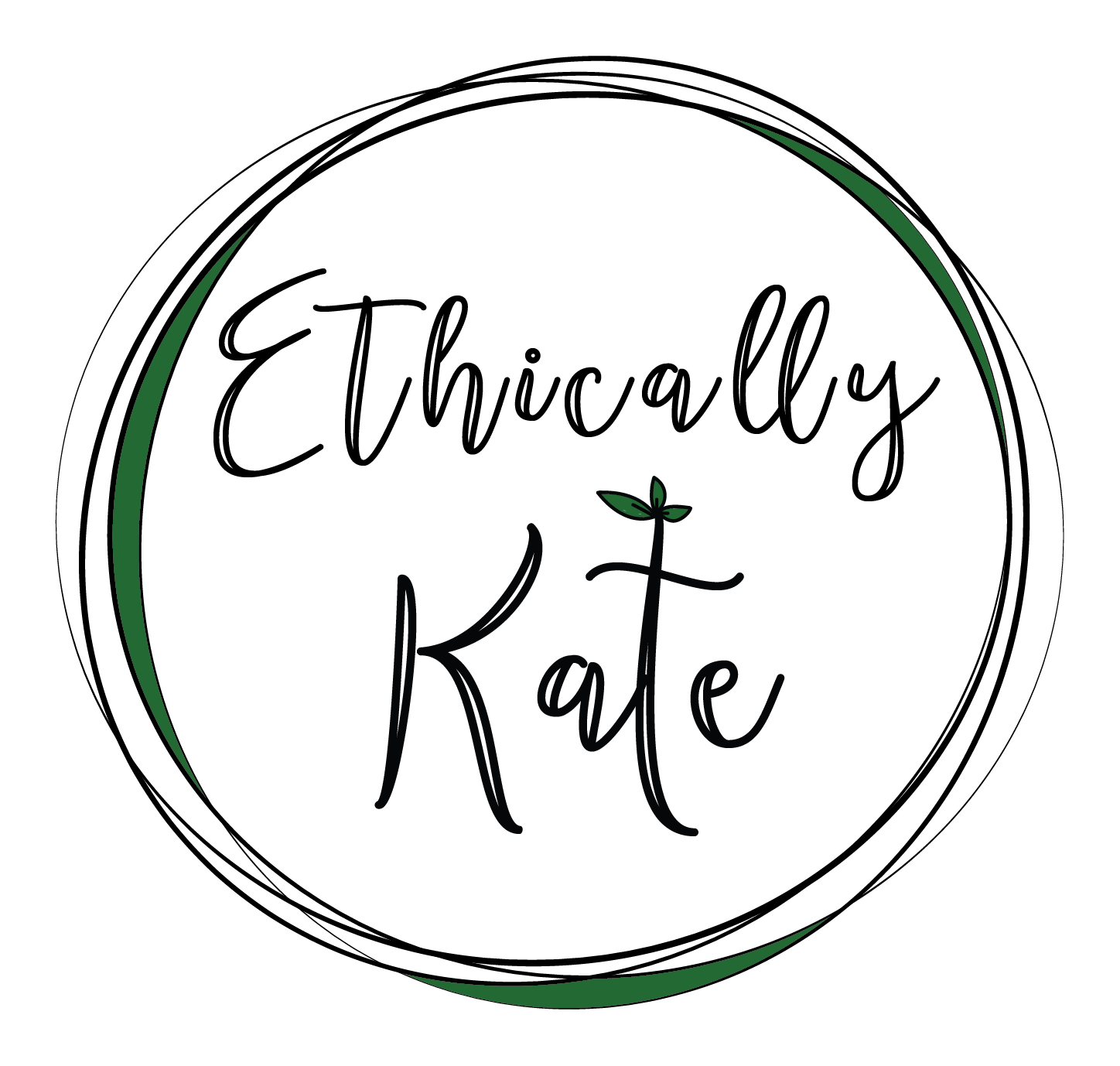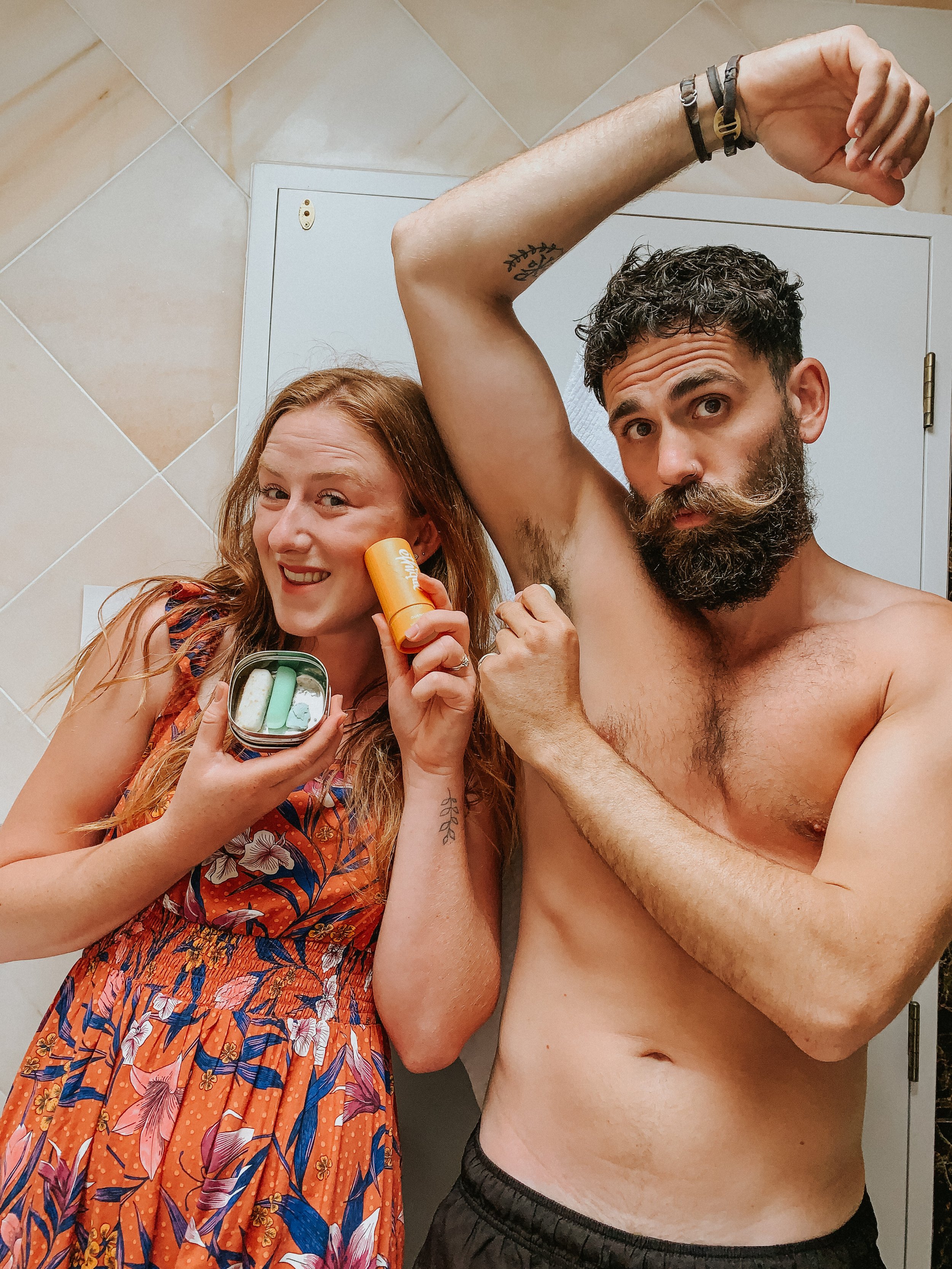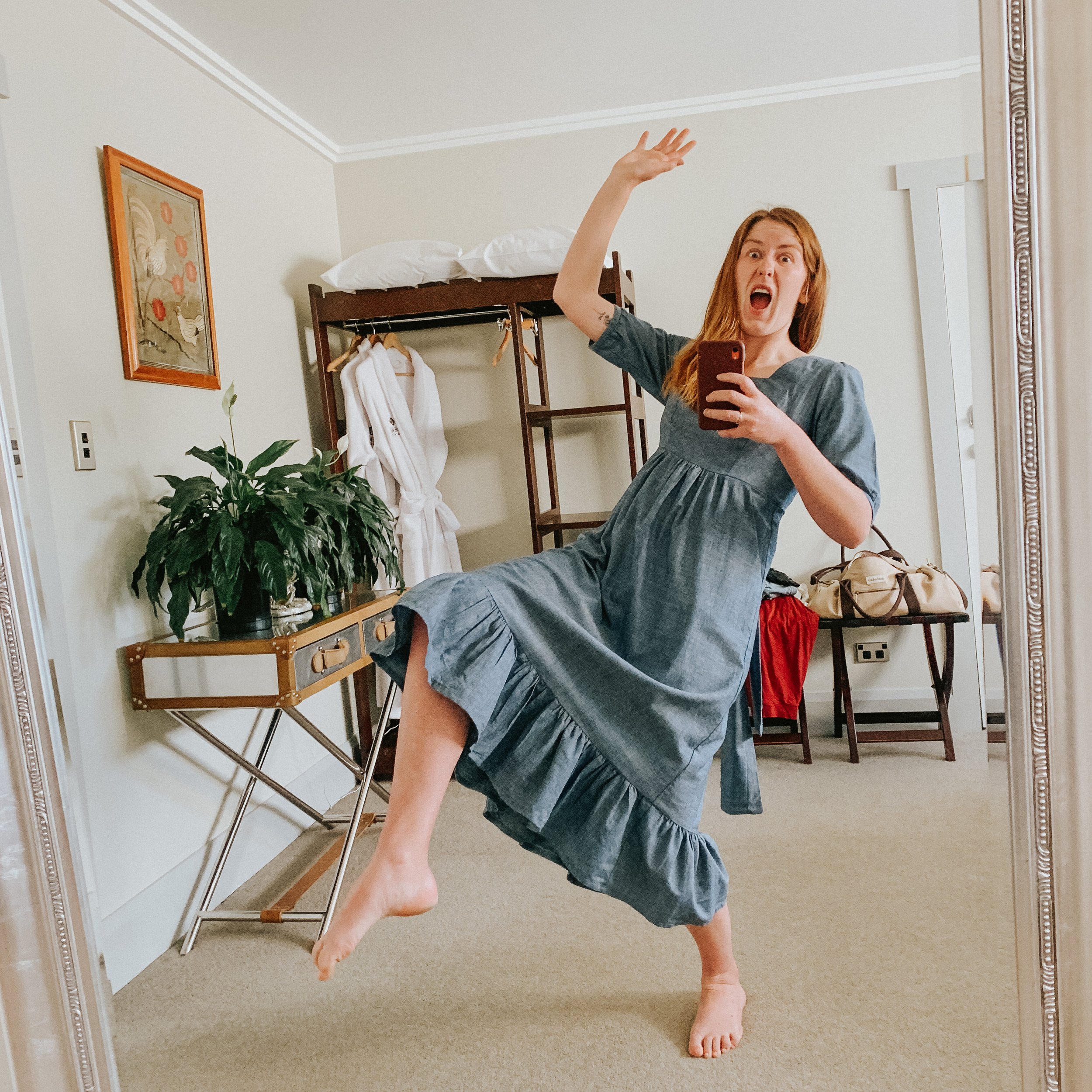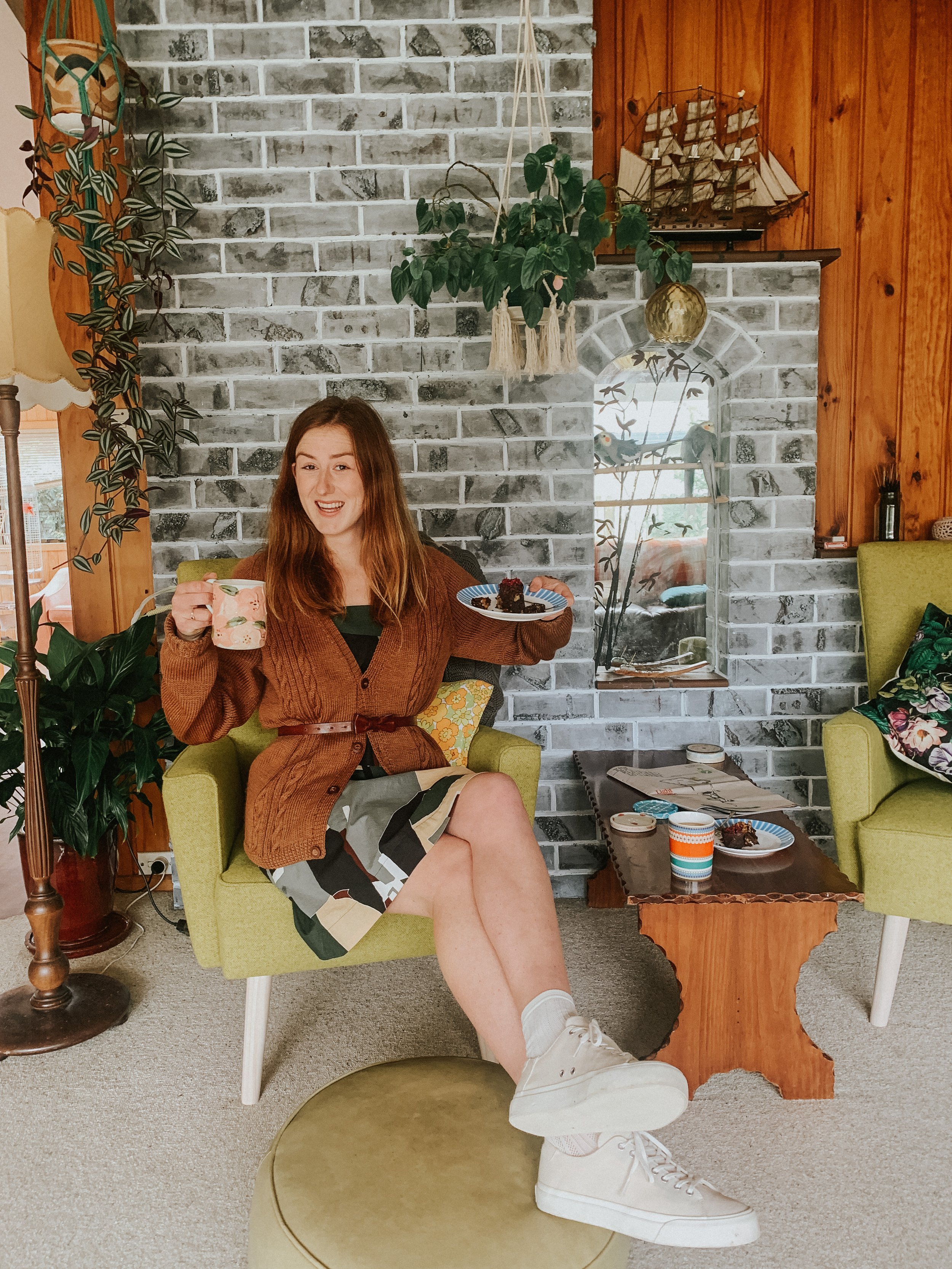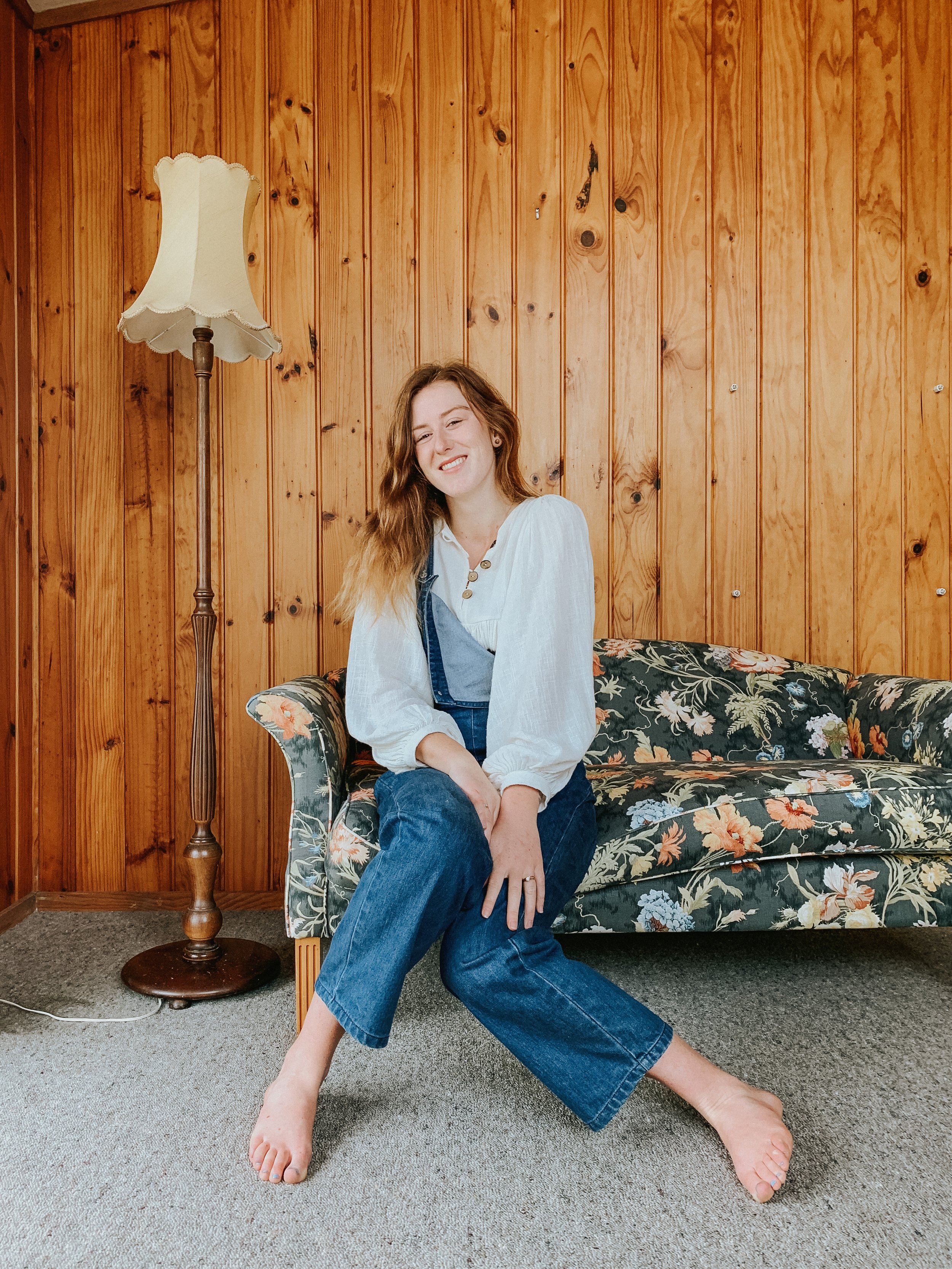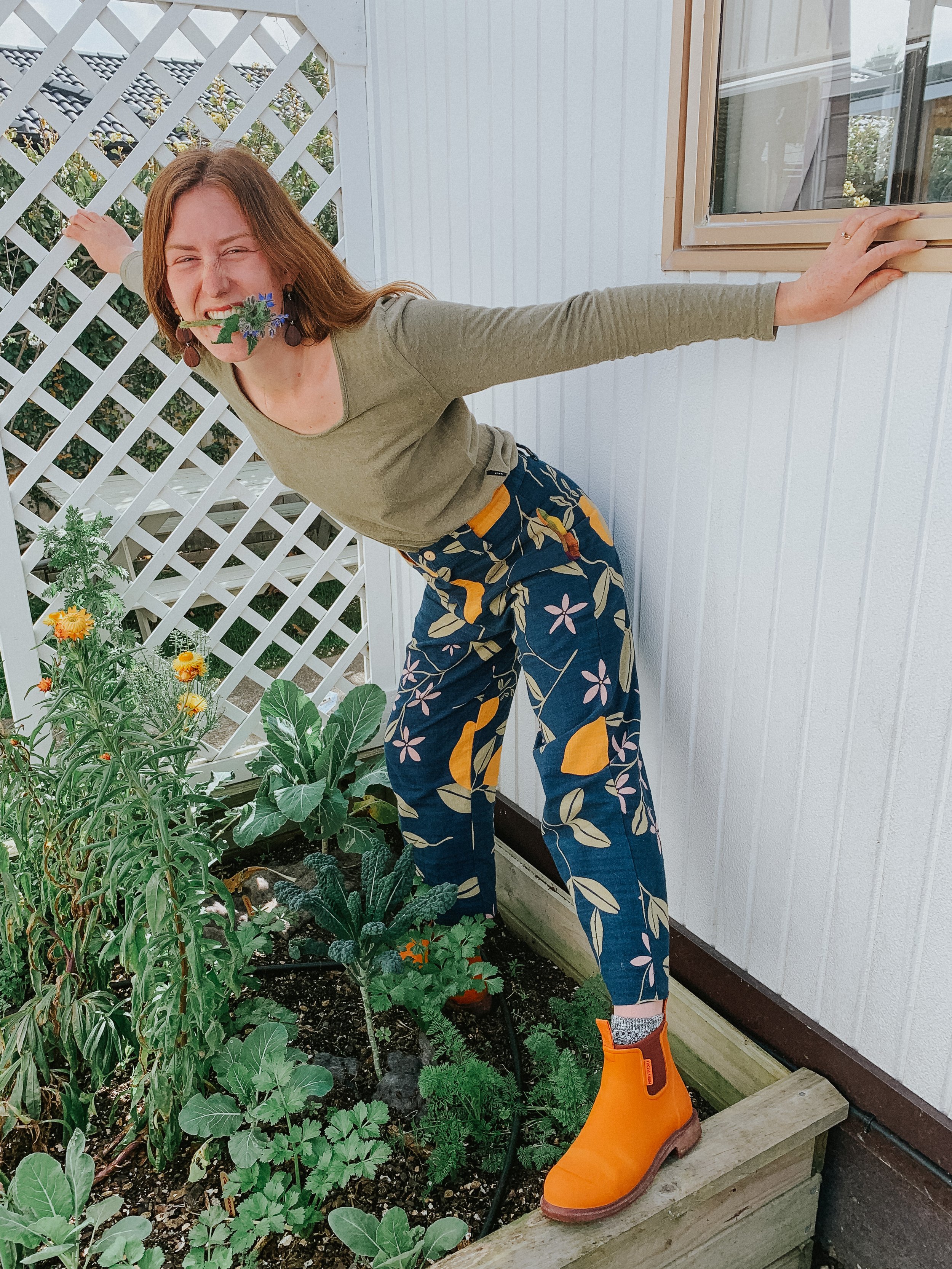Why Instagram Influencing Is Harder Than It Looks
When I tell people I am an Instagram Influencer, they picture me lying on my couch taking selfies all day. They assume my husband supports me financially (he doesn’t) and that my life consists of free gifts, taking photos of my latest organic smoothie, and getting just the right thigh gap for the social media likes to flood in.
This is far far from the truth. Instagram Influencing (the way I do it) is harder than it looks. I’ve cleaned toilets, mopped blood from carpets, waited on tables, wiped bottoms, and been on call 24/7 for my ex in-home childcare company. Instagram Influencing is by far the hardest job I have ever done - and I am about to tell you why.
Note: I’m not here to tell you how to be an Instagram Influencer or convince you not to be one. The purpose of this blog post is to bust myths and help you understand what goes on behind the scenes. My interview with Stuff News Hub explains a lot more about my job if you fancy a read.
Instagram Influencing is harder than it looks because of
The Time
The Vulnerability
The Energy
The Time
I laugh when people ask me how many hours a week I work. Instagram Influencing is all consuming. I work always. Even though I have work boundaries and screen free days, I wouldn’t have the large following I have now (stalk me here) if I wasn’t consistent and ON THERE.
I’ve shared daily (minus a few weeks here and there) since 2017. Social media is a beast you must constantly feed. The more time you spend on it, the more you need to give. It’s like a teenager that needs lots of food to grow, but then even more food to thrive once it’s grown.
The time it takes to share a post is far beyond what it looks like on the outside.
Before I take an image or video, I consider a million things:
How will this be perceived (how can I best communicate my message)
What does this look like aesthetically (social media is visual after all)
Is this piece of content inclusive and respectful of others
What key message am I trying to share
What complaints or questions could people have about this post (considering these before posting helps reduce the amount of questions or concerns)
The time taken to consider all of these things means Instagram Influencing is hard to do well if you are living in the moment. With thousands of eyes on a piece of content and a responsibility to share honest information, you cannot just snap and share. My brain is always, always on.
For paid campaigns (my bread and butter), the time is even longer. Using a content creator is a form of marketing - just like a newspaper advertisement or a billboard. No good marketing campaign is just thrown out there! Here’s a brief breakdown of a few things that happen:
The brand reaches out to me
Brand is audited (answers around 10 questions)
The answers are scrutinised
Back and forth with the brand to answer more questions and ask them to elaborate
Confirm with the brand they’re someone I want to put my name against
Brand reviews my media kit (my menu/content creation services)
Brand chooses what they want
Contract is sent and signed
Timing is established
Draft campaign concepts are sent to the brand
Brand comes back with confirmation and additions to the concept
Content is captured at least a week before publish date (this includes a photoshoot, caption writing etc)
Content is sent to the brand
Brand edits are taken into account (caption is edited and images may be re-taken if anything isn’t 100%)
Content is ready for publishing
Content is published
Insights are captured 24-48 hours afterwards
Brand reports on campaign impact
All of these things, and more, happen for one piece of paid content. Not to mention the fact I spend lots of time auditing brands and often say no to their paid work.
Other things that take a lot of time:
I receive around 100 messages a day on Instagram. Approximately 10 hours of my week is spent answering Instagram and Facebook messages.
Replying to comments: this takes me around 30-60 minutes a day. Sometimes up to two hours.
Staying up to date with how people like to consume content & what platforms/methods to use.
Engaging with other people’s content (social media is an online community - it’s SOCIAL - so you cannot be a good Instagram Influencer without engaging and chatting with others).
Instagram Influencing takes a lot more time than you’d expect.
The Vulnerability
When I coach and consult people who want to be Instagram Influencers I explain: to be a good influencer, you have to sell a little part of your soul. When I searched for the definition of an Instagram Influencer, it showed me this: Influencers are Instagram users who have an established credibility and audience; who can persuade others by virtue of their trustworthiness and authenticity. This is where the ‘soul selling’ comes in. To allow someone to trust you and to establish your credibility and honesty, you need to be vulnerable. No one is going to trust the words of someone who rocks up, throws a toothpaste recommendation at you, and walks away. To persuade, you must open up. To influence other people’s action, you need to be authentic.
The vulnerability required of being an Instagram Influencer is the most taxing part of my job.
I’m constantly deciding what to keep to myself and what to share with literally thousands of strangers on the internet.
Strangers know my favourite deodorant. Strangers know how I fold my clothes. Strangers know what way I sleep on Thursday nights (if you know, you know). Strangers know that I drink a decaf coffee most evenings in a ceramic mug given to me by my friend Laura. Strangers know more about me than my grandparents do.
Ironically, being vulnerable online is also one of my favourite parts of the job; I get to connect and develop relationships with individuals all over the world - because when I share vulnerably, others with shared experiences speak up too. On the flip side, others without shared experience, who disagree with what I have to say, come at me hot and heavy.
Being vulnerable opens yourself up to constant critique. I’m not just talking about the key board warriors who like to ask me if I’m going vegan now that my bird has just died. I’m also talking about the constant messages of self improvement. “If you use X tool it will be easier to do that.” “You should really be wearing earmuffs.” “This brand is better in my opinion.” “Here’s a recipe to X which will be better than your current one.” Again, this element of Instagram Influencing is one of my favourites (I am so grateful for a helpful community who share helping insights with me!) but it’s also difficult to handle when it comes at me 24/7. Sometimes I crave messing something up and learning from my own experiences. Sometimes I am nearly offended when I talk about the ‘buckwheat glue’ I eat for breakfast and then everyone comes in with recipes, assuming I don’t like my weird buckwheat glue.
Instagram Influencing comes with a vulnerability that takes away a piece of your innocence. Because of these moments of critique I feel tougher in my emotions, more resilient, and strong. I’m grateful for the lessons this job has taught me, but this growth has come with the loss of an innocent part of me that I mourn.
The Energy
Now you know I receive around 100 messages a day, how do you think that impacts my energy and my capacity to talk to the people in the real world? Your guess is probably right. It’s not great.
The emotional energy I spend being an Instagram Influencer negatively impacts my capacity to be a good friend and family member. After 100s of messages and comments a day, I am less likely to ring a friend and see how they’re doing. I’m less able to have a constructive conversation with my husband after work. My capacity for social interaction is shortened, even though I may not have talked to someone in real life that day. I am incredibly aware of this and try my best to check in on my friends and family, plus I honestly ask them if they feel these effects too.
The drastic energy expenditure I’m referring to also comes from tying your self to your business. I know most people have jobs that zap a lot of energy from them, but I’m talking about the particular energy that comes from your business and self being one. They are the same thing. I cannot untie the two even if I tried (if I tried, I wouldn’t be an Instagram Influencer). So I can never ‘leave work’. Everything that happens in my work is attached to ME rather than a business entity that I can hide behind or switch off (even though Ethically Kate is a business that does many things beyond Instagram Influencing). It’s exhausting.
I fell into Instagram Influencing because I was devastated by the fact no one was talking about who made their clothes. I used Instagram as a communication tool to help people understand that their clothes are made by people who deserve to be paid fairly (and that a $7 top doesn’t actually make any logical sense). I had no intent of being an Instagram Influencer, but I wouldn’t change it for the world.
I am willing to give up a lot if it means I can influence people to find joy in sustainable living, be kind to other people, and make positive impact. I love my work. I love my online community. But next time someone assumes Instagram Influencing is just snapping a picture… I might scream.
